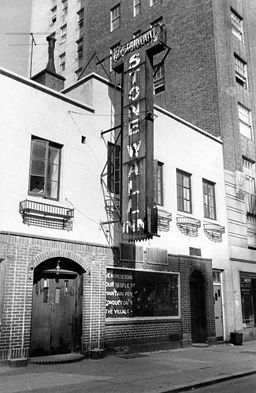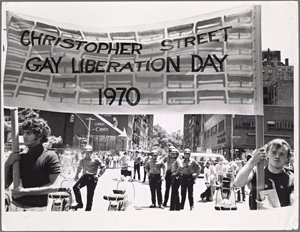It is widely believed that the further along we travel through time, the more we learn and the better we become. However, it is really striking to look back 100 or more years in America and see the wisdom and the foresight of those who designed and built some of the great places we still enjoy today. It is even more striking to look at some of the places and communities which have sprung up in recent history with no evidence of any sort of plan or thought.
Urban Planners
Look around places like Central Park in Manhattan, a stunning and special landmark conceived when Lincoln was in office, and you see the enduring work of urban planning.

The Miriam and Ira D. Wallach Division of Art, Prints and Photographs: Photography Collection, The New York Public Library. “Outdoor Life and Sport in Central Park, N.Y.” The New York Public Library Digital Collections. 1870. #510d47e1-ae3c-a3d9-e040-e00a18064a99
Urban planners are multidisciplinary professionals whose goal is to maintain and improve individual and community well-being by developing healthy, efficient, equitable and attractive places to live, work, and play.
Urban Planning and Public Health
Going back through history, urban planning as a profession was very much aligned with public health. The two fields influenced one another in shared perspectives and missions, such as assessing and improving population-level health and needs, particularly those in the most vulnerable populations.
Urban planning and public health partnerships in the 19th and early 20th centuries led to the creation of green space to promote physical and mental health and social integration. Other collective efforts were the prevention of infectious disease through infrastructure and the protection of people from exposure to industrial hazards or injury through land-use and zoning ordinances.
Urban planning has never gone away but the discipline did lose some of its discipline somewhere in the middle of the last century. It is apparent in the amount of cars on the road and the amount of weight many Americans are hauling around these days.
And who can blame Americans? Many of our communities today are built for the automobile. Walking and biking in many of these places will get you flattened.
So What Happened?
Planning in the spirit of public health seemed to go the way of the horse and buggy as the automobile took hold and transformed the way we lived. In the fifties, the interstates arrived, cutting American cities into pieces like jigsaw. And many Americans were ready to leave the cities and fled them as fast and far away as their new cars and new highways could take them.
Fortunately, many landed in older suburbs which were properly laid out and maintained according to a long-sighted master plan informing decisions for housing, infrastructure, natural resource utilization, and environmental protection with the needs of the community in mind.
Some, however, ended up in poorly or unplanned areas with no sidewalks and no safe way to reach the resources they need for daily living without getting in the car.
Lingering in the Suburbs
Not only were more American driving cars in the later years of the last century, but now the cars were driving them. Destinations required driving. And cars were also driving policies and practices. And planners.
While some enjoy these far flung exurbs and the extra land their houses sit on, others long for more social interaction, places to which they can walk or bike and the ability for their children to be able to walk or bike to school or a park or even a friend’s house.
A Return to Past Practices…
Fortunately, the synthesis of urban planning and public health activities is once again showing up in many areas. After drifting apart in the mid-20th century, the disciplines have started to become more collaborative over shared concerns such improving air quality, encouraging physical activity, and promoting wellness through transportation planning and land-use planning.
Many are hoping to reverse the trend of large tracts of farm land being sold off to developers to build sprawling single family developments, and are promoting the purchase of greenspace, the development of higher density mixed-use neighborhoods with carefully planned opportunities for human interaction and physical activity.
It is an encouraging trend and hopefully one that will continue.
Categories: ENVIRONMENT, HEALTH, HISTORICAL, PEOPLE






